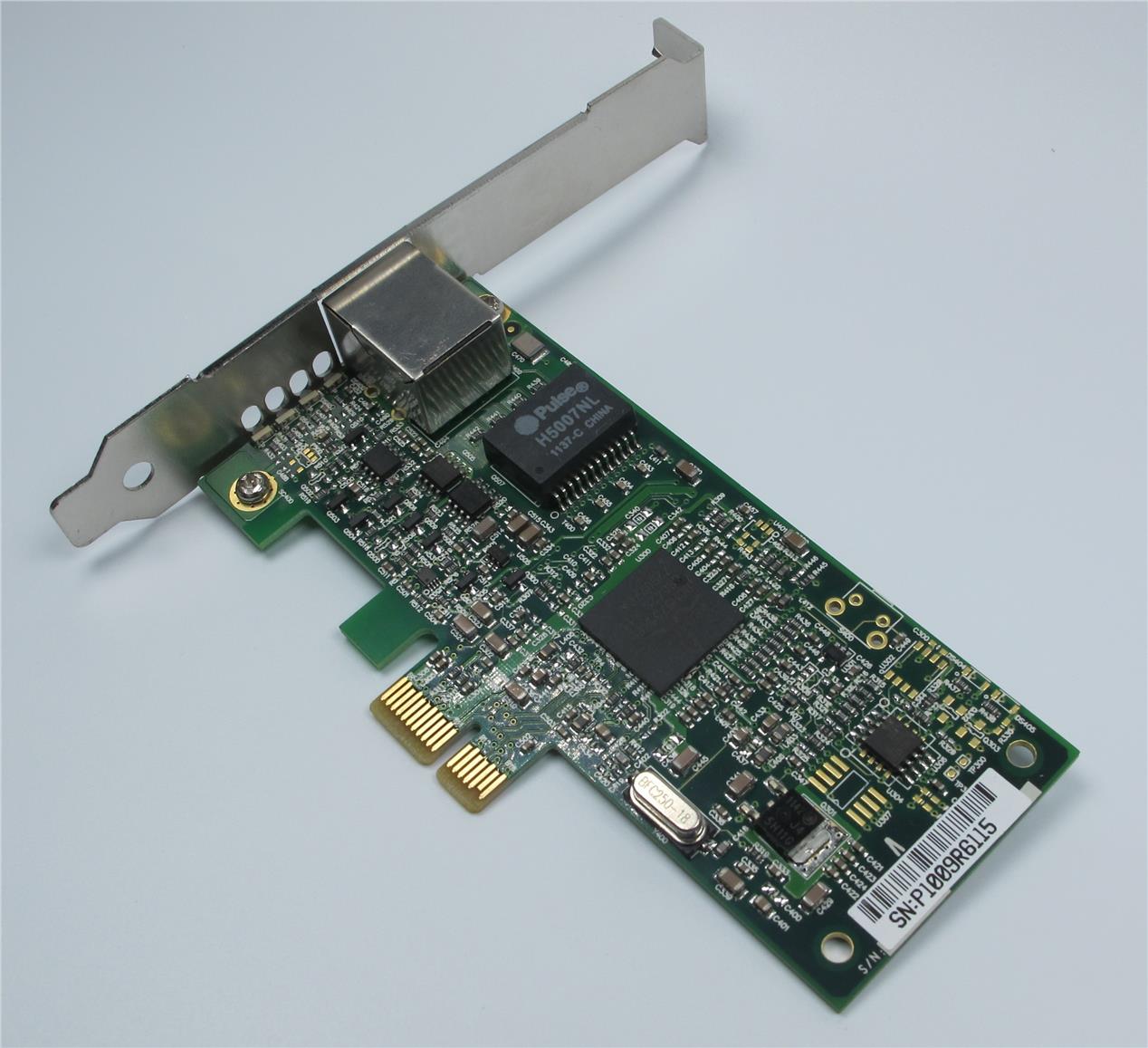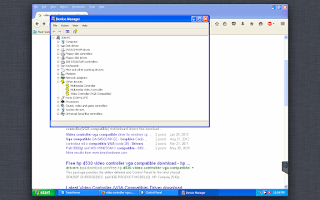

- #Basilisk ii ethernet driver windows xp install
- #Basilisk ii ethernet driver windows xp drivers
- #Basilisk ii ethernet driver windows xp full
- #Basilisk ii ethernet driver windows xp Pc
- #Basilisk ii ethernet driver windows xp download
#Basilisk ii ethernet driver windows xp Pc
There are also plenty of solutions for other programs.Įxample of running Windows XP on a PC 2017 build:
#Basilisk ii ethernet driver windows xp full
For Firefox lovers, there's Basilisk, a browser on the 55 engine, with full WinXP support. For fans of the Chrome interface, there's the 360 Extrime Explorer browser, based on the 69 and 78 engine, running on Windows XP. Well there is! Read the technical forums, not the marketing sites.

Many people think that there is no browser available for Windows XP. I suggest you get acquainted with the mechanism of building Windows XP 2020 to support modern hardware. With Windows XP the situation is more complicated - installing it is real, but you need the knowledge of a confident user.
#Basilisk ii ethernet driver windows xp drivers
Installing Windows 7 instead of preinstalled Windows 10 is usually not a problem if you read the recommendations on the website and understand a little about integrating 1-2 drivers into the installation distribution. With Windows 7 the situation is much simpler. Technical progress? No, marketing! Every day Microsoft rakes and creates artificial restrictions for installing outdated Windows 7 and Windows XP on modern PCs. Always use the latest version of the methodology, as the information is constantly changing and the methodology is supplemented.
#Basilisk ii ethernet driver windows xp download
The information doesn't fit into a forum post for a long time - so download the text file and read it in Notepad. You might also wish to adjust the width and height of your screen in that tab.Windows XP 2021 - system build for the modern PC (edition ) The JIT compiler might improve performance on very old host systems, but it is not needed on modern systems, and can also cause the emulator to crash frequently.įor smoother mouse movements, I recommend selecting “Dynamic” Window refresh rate in the “Graphics/Sound” tab. To boot the boot disk from this guide, the Mac Model ID should be set to “MacIIci (MacOS 7.x).“ You can change this later if needed. In the same tab, check to enable the “My Computer” icon so that you can easily access files stored on your host system (Windows). With all three images mounted, the tab will look something like figure 1, below.įigure 1: Three disk images mounted in the Basilisk II GUI

This will be automatically mounted after you create it.
#Basilisk ii ethernet driver windows xp install
Next, hit “Create…” and create a new disk image of about 100 MB, on which you will soon install System 7. Repeat the process to add the disk image containing the System 7 installer parts. In the “Volumes” tab, click “Add…” and select the System 7 boot disk image. In that case, reboot while holding the “shift” key and manually delete that extension.įigure 4: A Fresh Install of MacOS 8.1 Stuffit Expander and Other Softwareĭownload the files above. Potential Issue: If you customized the installation you may get an error related to the “A/ROSE” extension. You are now finished setting up the emulator. You can configure the given settings, but the emulator will freeze if you attempt to configure network settings. If you have been using a physical CD, remove that and switch to “Boot from Any”. Run “BasiliskIIGUI.exe” and remove the CD image. When the installation is finished shut down the emulated computer (special –> shutdown). Potential issue: If you followed the above instructions but get an image of a floppy disk with a question mark, your CD image is not bootable. Hit “Quit” when the installation is finished.

If you need something else from the CD, you can install it later. You probably don't need to customize the installation right now. I suggest that you install the default software. You should see an icon named something like “Install MacOS 8.1.” Run that to start the installation. Give it a name and select “initialize.” See figure two, below. You will first be asked to initialize the hard disk image you made. If you had the GTK development kit installed to run the old GUI, and it is not used for any other program you have installed, you can remove it too. If everything is OK, you can remove the old folder and its content. Next, run the GUI, point to the required Rom and disks in the new folder (or where you kept them outside of the old folder) and adjust the other GUI settings to match what you had before. If they are outside your old Basilisk II folder, leave them where they are now. If you kept your Rom file and hard disk image(s) in the old Basilisk II folder, copy them into the new folder. The number of dll files may be a bit overwhelming, but the up-side is that it is no longer necessary to install the GTK development kit to run the GUI. Most dll (application extensions) files included are needed to run the GUI. If you are upgrading from an old version of Basilisk II, the best thing to do is to download all files into a new folder and make a fresh start (but you can still use your old disk image and ROM).


 0 kommentar(er)
0 kommentar(er)
